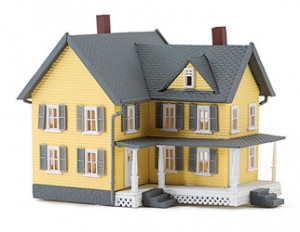Choosing the matrimonial home
Some say life shouldn't change when you're married, but that's not how the taxman sees it—especially when it comes to property ownership. Bruce Sellery has this advice for a soon-to-be married couple.
Advertisement
Some say life shouldn't change when you're married, but that's not how the taxman sees it—especially when it comes to property ownership. Bruce Sellery has this advice for a soon-to-be married couple.

Share this article Share on Facebook Share on Twitter Share on Linkedin Share on Reddit Share on Email